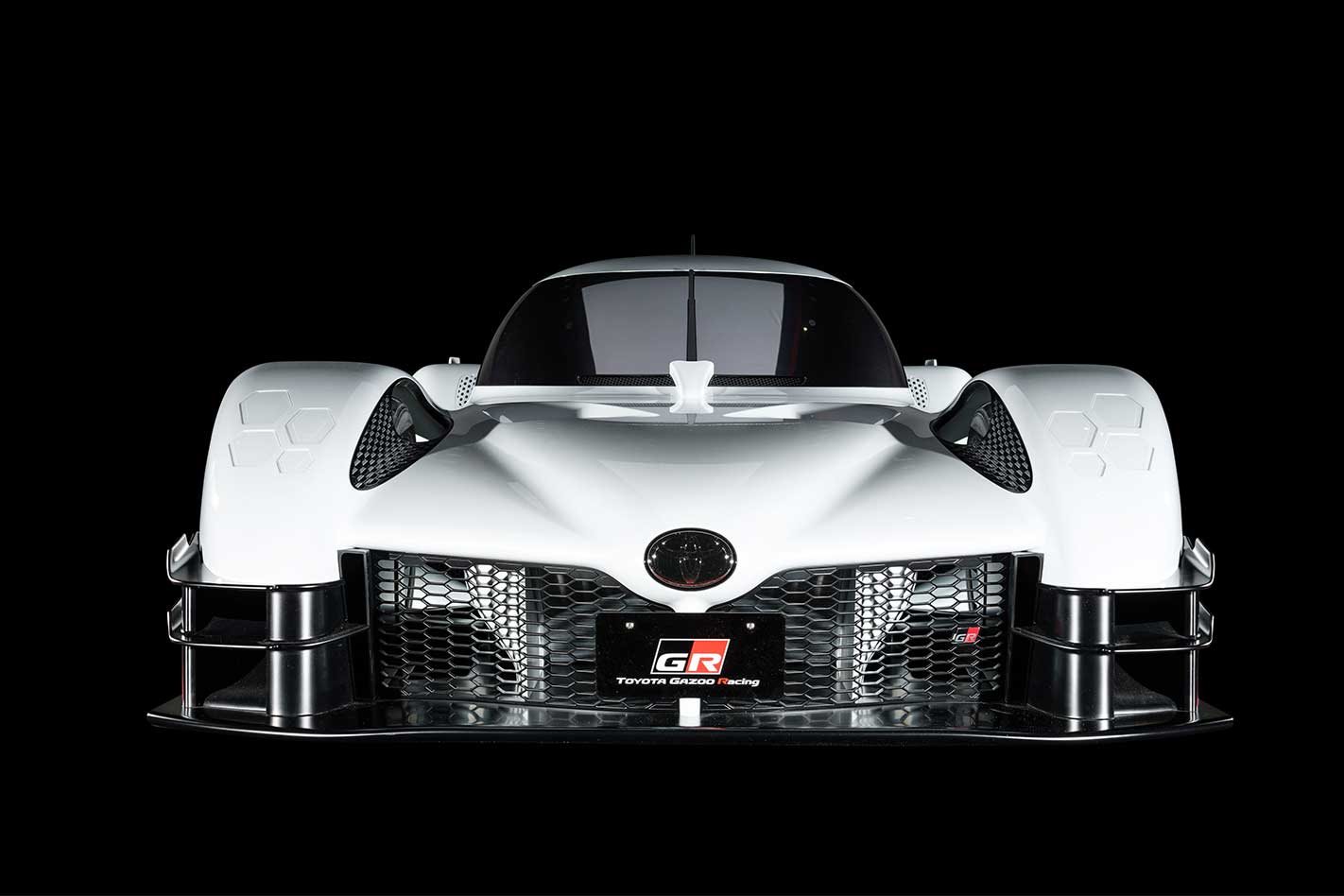Welcome to the hypercar club…Toyota?
Not content for the likes of Aston Martin, McLaren and Mercedes-AMG to have all the credit, the Japanese giant has announced it’ll produce a 1000hp weapon of its own, based on its TS050 Le Mans racer.
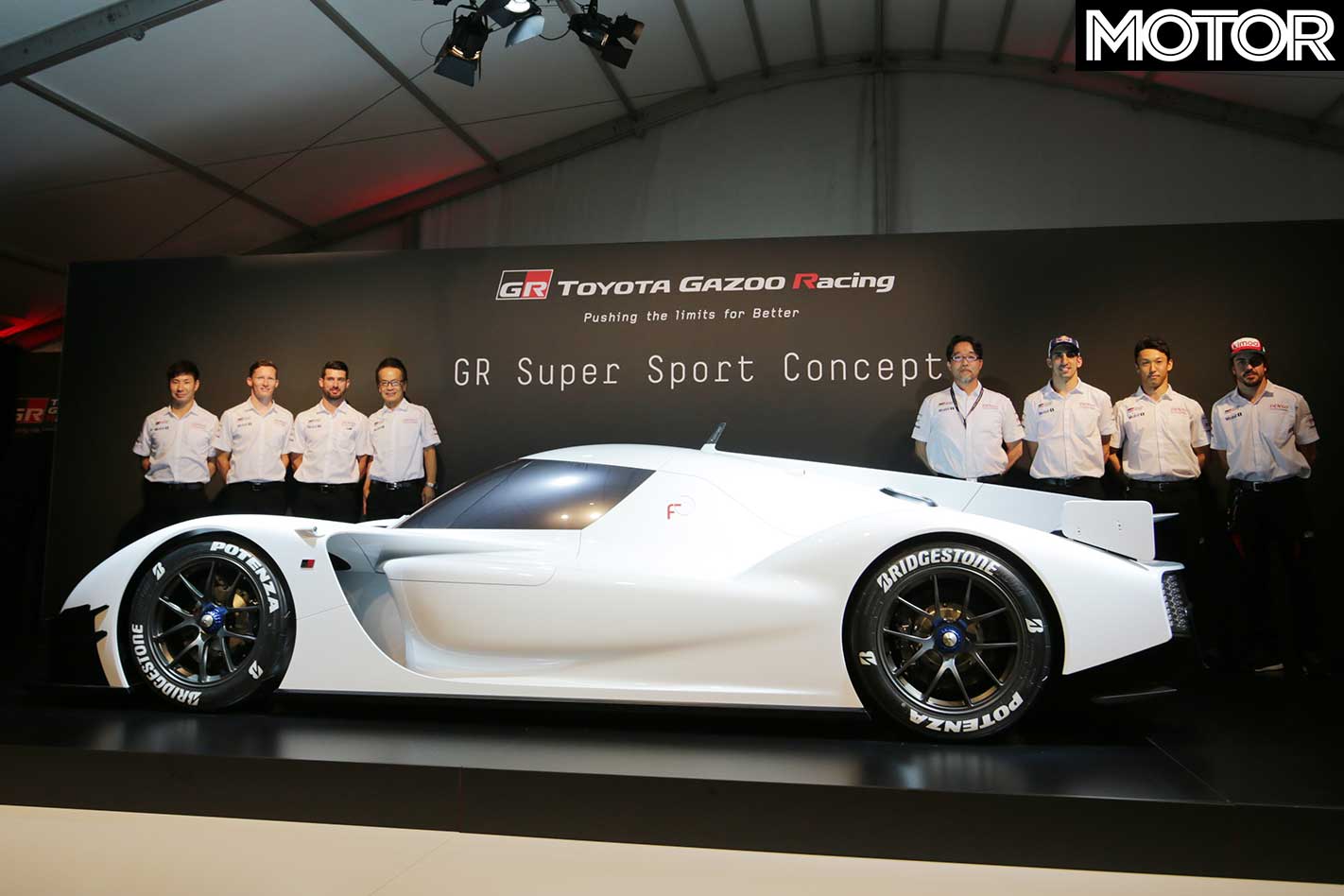
Concrete details are still few, but Toyota’s decision to base the Super Sport on the TS050 gives us plenty of clues as to its mechanical makeup. What is confirmed is that the GR Super Sport will use the same hybrid powertrain as the TS050.
Should the powertrain be carried over unaltered, the GR SS will differ from its competitors by only producing half of its 735kW from its internal-combustion engine. The 368kW 2.4-litre V6 uses direct injection and is boosted by two turbochargers with intercooling housed in the sidepods. It’s connected in the racecar to a six-speed sequential gearbox and drives the rear wheels through a mechanical limited-slip diff.
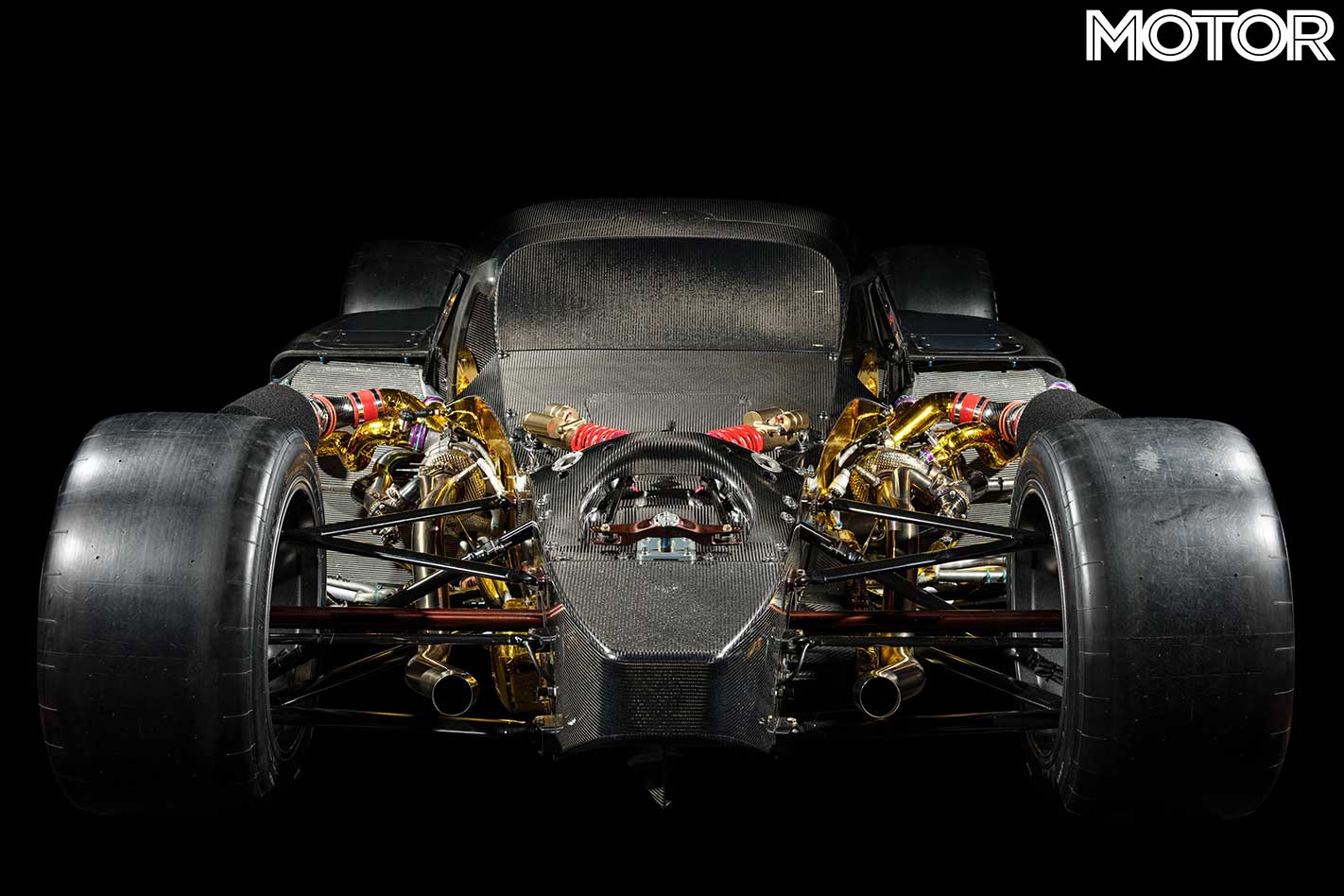
The remaining 367kW are supplied by lithium-ion batteries, Toyota switching from its previous supercapacitor energy storage to the more traditional method for the TS050. The batteries supply power to a pair of electric motors, one on each axle, which provides all-wheel drive capability.
Thanks to an all-carbon tub with carbon body panels, weight is just 875kg and as a result performance is mind blowing. Toyota doesn’t provide any performance data for the TS050, but Porsche did for its 919 Hybrid, claiming it could hit 100km/h in less than two seconds and 200km/h in just 4.5sec. Given the two cars’ similarity in performance it seems reasonable to assume the Toyota isn’t any slower.
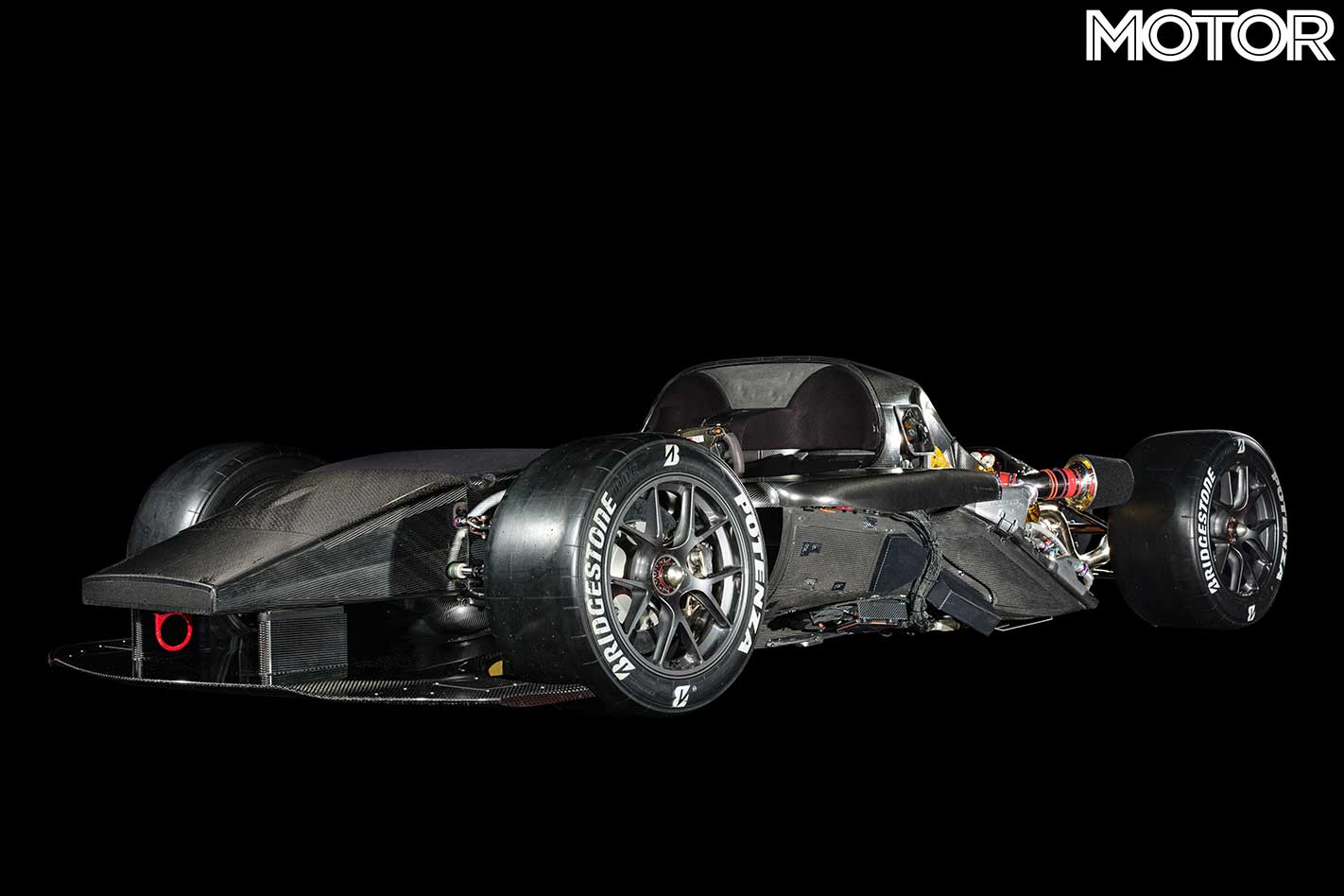
Double-wishbone suspension features at each corner with pushrod-activated dampers, torsion bar springs and anti-roll bars at both ends. Interestingly, the steering remains hydraulically assisted, while the brakes are 380mm carbon discs with six-piston calipers front and rear.
It must be said that the racecar’s specs aren’t guaranteed to carry over to the road car. However, in order to maximise the link between the two, it seems logical that Toyota will aim to use as much of the TS050’s race-proven engineering as possible.
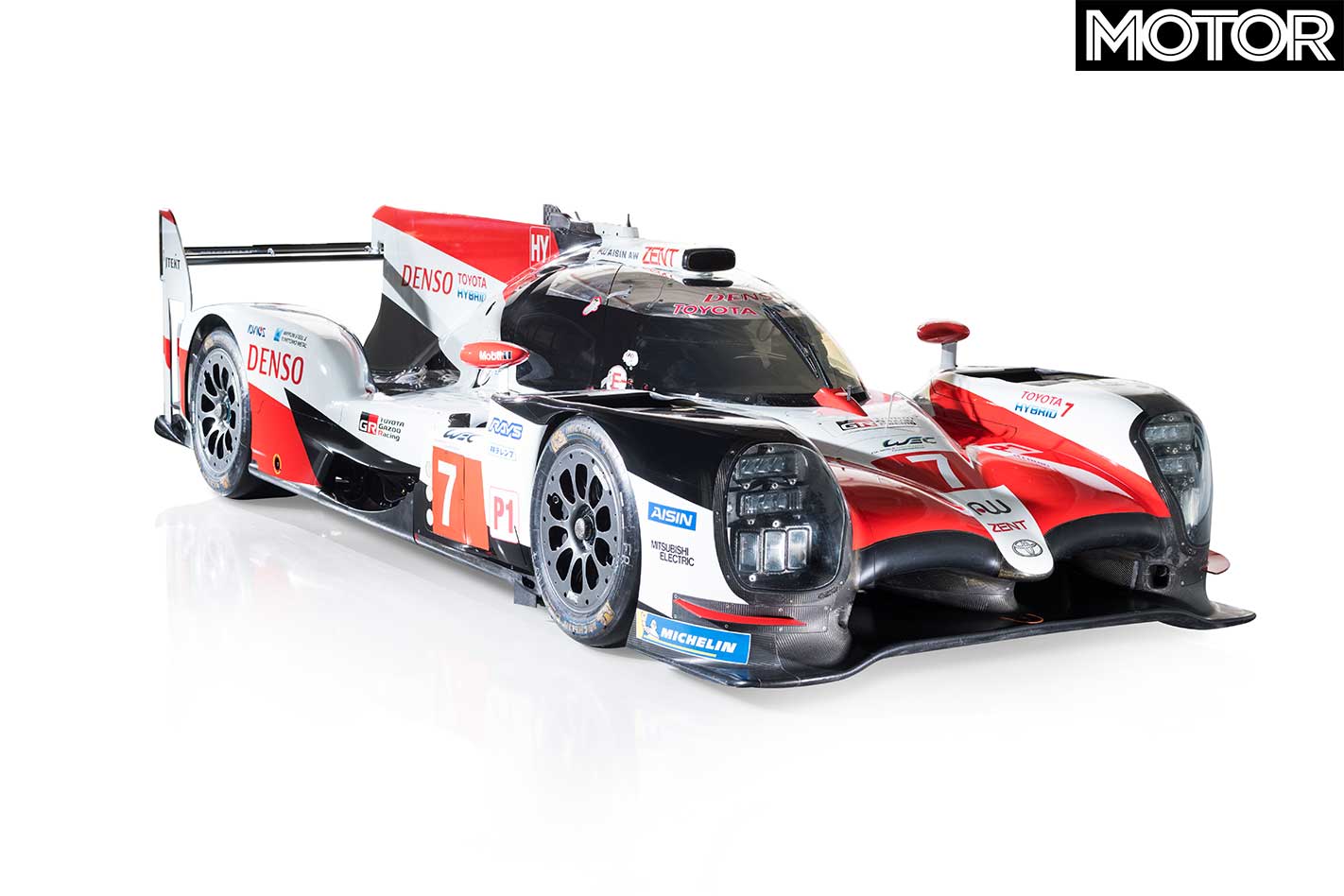
The good news is while virtually every component of the TS050 is constrained by Le Mans LMP1 technical regulations, road cars have no such rulebook.
It’s very possible the road car could be even wilder and suddenly a whole raft of possibilities is opened up to the Gazoo Racing team.
No longer are there rules governing the engine’s fuel-flow limit, the power and duration of its electric assistance, the size of its wings, the weight of its wheels, and the size of its brakes. All-wheel steering, adaptive suspension, electronic driver assistance systems and more are all on the table.
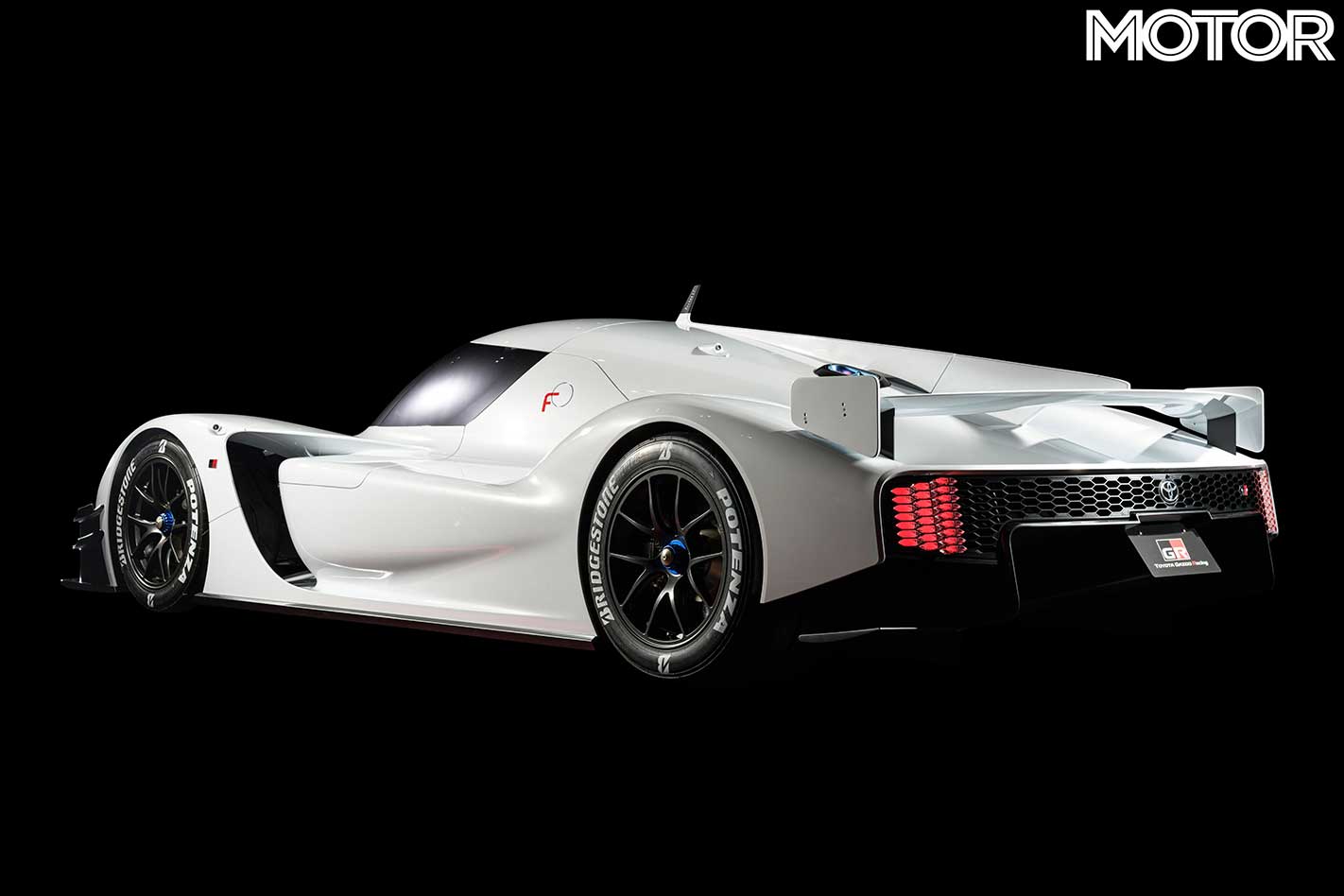
Expect the GR Super Sport to appear around 2020-’21, at which point the World Endurance Championship will introduce its new GTP regulations, intended to tempt the new breed of track-based hypercars into competition.
If the World Motor Sport Council succeeds in its aim of limiting manufacturer budgets to a quarter of current levels, it could set up a new golden era for Le Mans, with the likes of the McLaren Senna, Aston Martin Valkyrie, Mercedes-AMG Project One and Toyota GR Super Sport battling it out on road and track.


